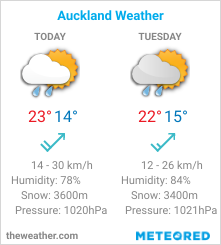USS South Dakota (BB-57) was the lead vessel of the four South Dakota-class fast battleships built for the United States Navy in the 1930s. The first American battleships designed after the Washington treaty system began to break down in the mid-1930s, they took advantage of an escalator clause that allowed increasing the main battery to 16-inch (410 mm) guns, but Congressional refusal to authorize larger battleships kept their displacement close to the Washington limit of 35,000 long tons (36,000 t). A requirement to be armored against the same caliber of guns as they carried, combined with the displacement restriction, resulted in cramped ships. Overcrowding was exacerbated by wartime modifications that considerably strengthened their anti-aircraft batteries and significantly increased their crews.
South Dakota saw extensive action during World War II; immediately upon entering service in mid-1942, she was sent to the south Pacific to reinforce Allied forces waging the Guadalcanal campaign. The ship was damaged in an accidental grounding on an uncharted reef, but after completing repairs she returned to the front, taking part in the Battle of Santa Cruz in October and the Second Naval Battle of Guadalcanal in November. During the latter action, electrical failures hampered the ability of the ship to engage Japanese warships and she became the target of numerous Japanese vessels, sustaining over two-dozen hits that significantly damaged her superstructure but did not seriously threaten her buoyancy. South Dakota returned to the United States for repairs that lasted into 1943, after which she was briefly deployed to strengthen the British Home Fleet, tasked with protecting convoys to the Soviet Union.
In mid-1943, the ship was transferred back to the Pacific, where she primarily operated with the fast carrier task force, contributing her heavy anti-aircraft armament to its defense. In this capacity, she took part in the Gilbert and Marshall Islands campaign in late 1943 and early 1944, the Mariana and Palau Islands campaign in mid-1944, and the Philippines campaign later that year. In 1945, she participated in the Battles of Iwo Jima and Okinawa and bombarded Japan three times. Following the end of the war in August 1945, she took part in the initial occupation of the country before returning to the United States in September. She later moved to the Philadelphia Naval Shipyard, where she was laid up in the Atlantic Reserve Fleet until 1962, when she was sold for scrap.
https://en.wikipedia.org/wiki/USS_South_Dakota_(BB-57)











No comments:
Post a Comment
How did you like the post, leave a comment. I would appreciate hearing from you all. Best wishes from JC's Naval, Maritime and Military News